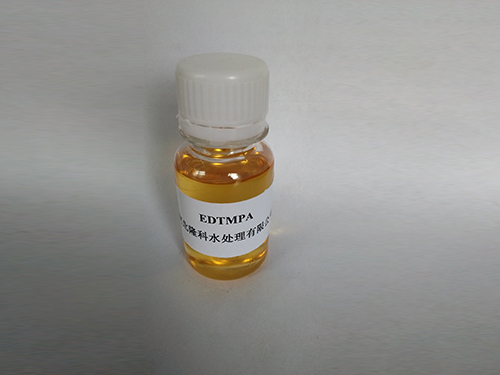coagulant flocculant
The Role of Coagulants and Flocculants in Water Treatment
Water is an essential resource for all life, yet many water sources are contaminated with particulates, pollutants, and microorganisms that pose health risks. One of the most effective methods for purifying water and ensuring its safety is through the processes of coagulation and flocculation. These processes involve the use of chemical agents known as coagulants and flocculants, which play a pivotal role in water treatment facilities worldwide.
Understanding Coagulation and Flocculation
Coagulation is the initial step in the water treatment process. It involves the addition of coagulants—substances that promote the clumping together of particles in water. These particles can include dirt, silt, organic matter, and even microorganisms. The primary role of coagulants is to neutralize the charges on suspended particles, allowing them to come together to form larger aggregates called flocs.
Following coagulation, the flocculation process takes place. Flocculation is a gentle mixing process that encourages these small flocs to collide and merge into larger, more stable aggregates. Flocculants, which are long-chain polymers, are typically added to enhance this process. These polymers help to bind the coagulated particles together, leading to the formation of even larger floc clusters that can be easily removed from the water.
Types of Coagulants and Flocculants
Various substances are used as coagulants, but the most common ones include aluminum sulfate (alum), ferric chloride, and polyaluminum chloride (PAC). Alum, for instance, is widely used due to its effectiveness, low cost, and availability. It works by forming aluminum hydroxide, which captures suspended particles as it precipitates.
On the other hand, flocculants often come in two forms natural and synthetic. Natural flocculants include substances like starch and certain plant-based substances, while synthetic flocculants are typically derived from polyacrylamide. Synthetic flocculants can be tailored for specific applications, making them efficient in treating various types of water.
coagulant flocculant

The Importance of Coagulants and Flocculants
The significance of coagulants and flocculants in water treatment cannot be overstated. These agents not only enhance the clarity and quality of water but also improve the efficiency of subsequent treatment processes such as sedimentation and filtration. With proper coagulation and flocculation, water treatment facilities can significantly reduce the load of suspended solids, chemical oxygen demand (COD), and pathogens.
Moreover, the use of coagulants and flocculants contributes to the sustainability of water treatment processes. By effectively removing contaminants, these agents help to ensure that natural water bodies are less polluted, thereby protecting aquatic ecosystems. This is particularly crucial in an era where water scarcity and quality are pressing global issues.
Challenges and Considerations
Despite their benefits, the use of coagulants and flocculants comes with challenges. One major concern is the potential environmental impact of residual chemicals left in treated water. Proper dosing and monitoring are essential to minimize any adverse effects on human health and the environment. Furthermore, the choice of coagulants and flocculants must take into account the specific characteristics of the water being treated, including its pH, turbidity, and contaminants present.
Additionally, there is an increasing demand for more sustainable and eco-friendly alternatives. Researchers are exploring biodegradable coagulants and flocculants derived from natural sources to reduce chemical footprints and enhance sustainability in water treatment processes.
Conclusion
Coagulants and flocculants play an indispensable role in modern water treatment, improving water quality and ensuring safe drinking supplies. With ongoing advancements in research and technology, the future of water treatment looks promising, emphasizing efficiency, sustainability, and safety. As global water challenges continue to grow, the importance of these chemical agents will only become more significant, paving the way for cleaner, healthier water for all.
-
LK-319 Special Scale And Corrosion Inhibitor For Steel Plants: Advanced Solutions for Industrial Water SystemsNewsAug.22,2025
-
Flocculant Water Treatment: Essential Chemical Solutions for Purification ProcessesNewsAug.22,2025
-
Isothiazolinones: Versatile Microbial Control Agents for Industrial and Consumer ApplicationsNewsAug.22,2025
-
Scale Inhibitor: Key Solutions for Water System Scale PreventionNewsAug.22,2025
-
Organophosphonates: Versatile Scale Inhibitors for Industrial Water SystemsNewsAug.22,2025
-
Scale and Corrosion Inhibitor: Essential Chemical Solutions for Water System MaintenanceNewsAug.22,2025





